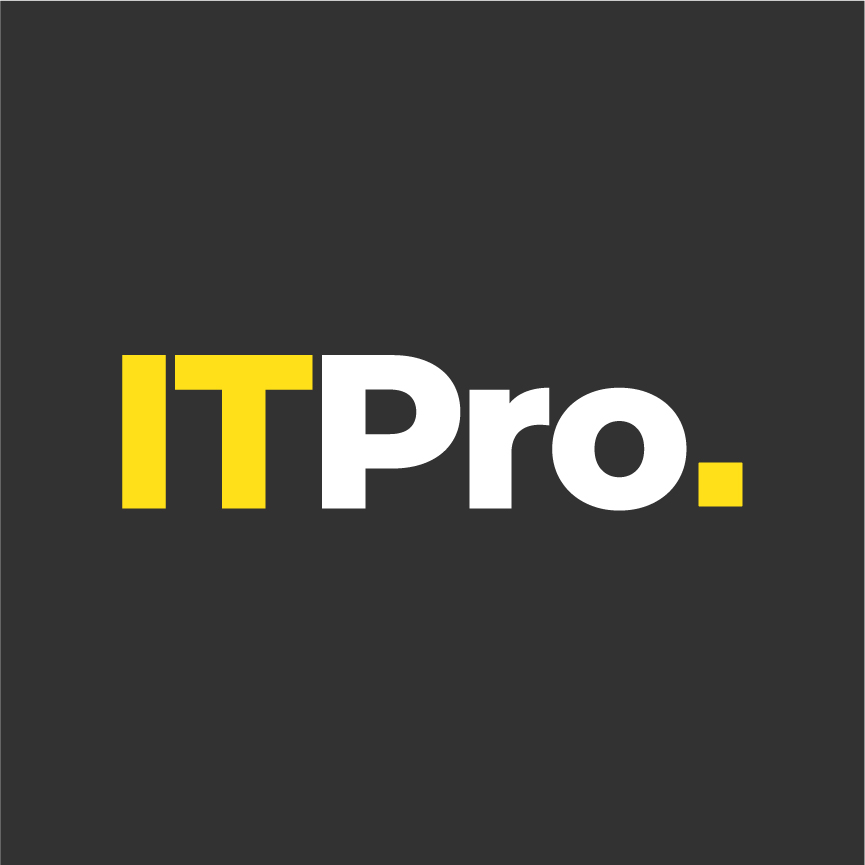Web Analytics
Metrics are essential to any online business, but with so many firms offering solutions it can be difficult to know which to choose. Rob Buckley investigates five of the market leaders

Every company that has a web site wants to know how it's performing. As a result, the science - some say art - of web analytics is becoming increasingly important. At its simplest, it allows companies to see how many people are visiting their sites, where they came from and what they do on the site.
Even at this level, as well as allowing project managers to justify the investment made in the site and any improvements they may have made to it, it allows fine-tuning of the site's design to increase sales and improve customer service and enables companies to determine how their ad and marketing campaigns are doing.
More advanced users of web analytics can use 'funnels' and other tools to discover the paths users take to make sales, whether they depart from the expected paths, and how well their pay-per-click marketing campaigns are progressing and which search terms get the best results.
There are now many different approaches to web analytics delivery and we've chosen to look at various providers and their approaches in this group test. The hosted approach, such as that offered by Google Analytics, lets the site owner pass data to a third-party provider whose servers process and store the data. Typically, hosted web analytics providers will also include hosted reporting tools, usually accessed through a web browser that the client can use to analyse the data.
The self-hosted approach usually requires one or more servers configured with database and tracking software, together with reporting tools. While this does give maximum control over the data as well as potentially greater performance, the management requirements are obviously far greater and implementation time is usually far longer.
We have looked at five companies and their web analytics solutions to see how they differed in implementation and reporting. Where applicable, we assessed how much slower page load time was in client browsers to see if the inclusion of the tracking solution slowed performance appreciably. To do this, we installed tracking components on a relatively low traffic server to ensure that any delays we encountered would be down to the tracking software, rather than server strain.
We also looked at the reporting tools available to end users to see how easy they were to use, how configurable they were, what trends they identified, how applicable they were to general users, and so on. Ultimately, the aim was to find out which solutions where most applicable to which situations and users: which would be overkill and which would be underpowered.
Get the ITPro daily newsletter
Sign up today and you will receive a free copy of our Future Focus 2025 report - the leading guidance on AI, cybersecurity and other IT challenges as per 700+ senior executives
-
 Should AI PCs be part of your next hardware refresh?
Should AI PCs be part of your next hardware refresh?AI PCs are fast becoming a business staple and a surefire way to future-proof your business
By Bobby Hellard
-
 Westcon-Comstor and Vectra AI launch brace of new channel initiatives
Westcon-Comstor and Vectra AI launch brace of new channel initiativesNews Westcon-Comstor and Vectra AI have announced the launch of two new channel growth initiatives focused on the managed security service provider (MSSP) space and AWS Marketplace.
By Daniel Todd